“On the second of the ceremony’s three days, Mao died. And the third day, it rained all morning. But, in the afternoon, there appeared one of the most beautiful rainbows I have ever seen. I was certain that it must be a good omen”. - Dalai Lama XIV, 1990, 222
Sam Yeling
In September 1954, the Dalai Lama XIV together with the 10th Panchen Lama went to the Chinese capital to meet Mao Zedong and attend the first session of the National People's Congress as a delegate, primarily discussing China's constitution.
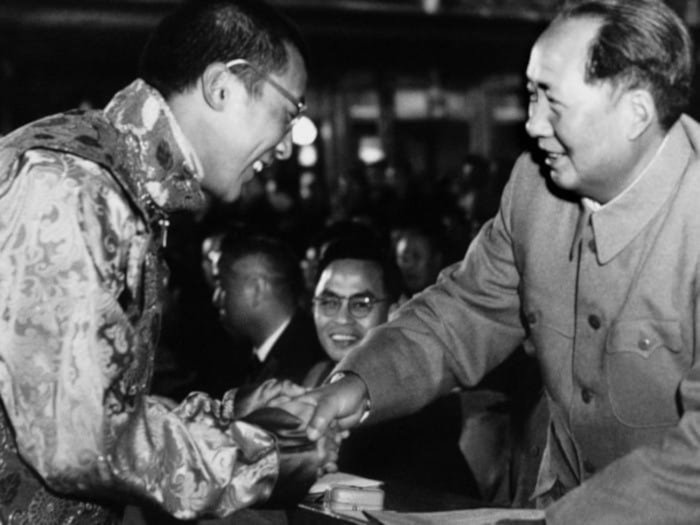
“He [Chairman Mao] appears to me as a father, and he himself considered me as a son. [We had] very good relations.”.
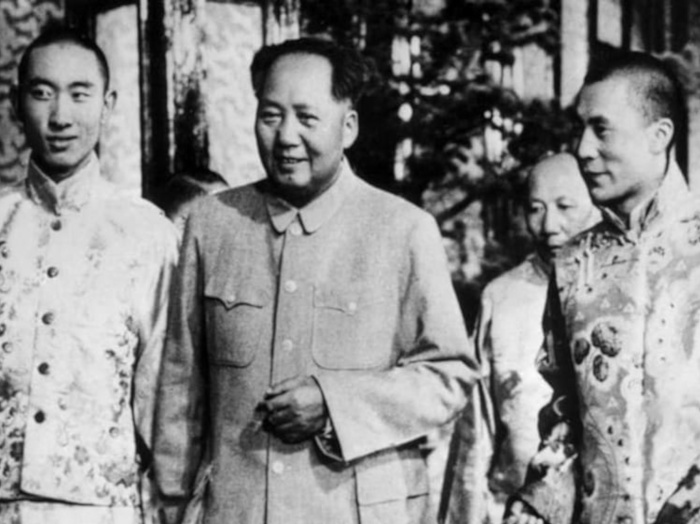
On the 27th of September 1954, the Dalai Lama was selected as a Vice chairman of the Standing Committee of the National People's Congress, a post he officially held until 1964.

Mao Zedong in 1958 declared that China would overtake Great Britain in 15 years (later on he changed it into 2 to 3 years), and the way to do it is by setting up thousands of People's commune, both in the countryside and cities, where Chinese would live in semi-military condition,when the “family as an institution” would be discarded.
“When there is not enough to eat, people starve to death. It is better to let half of the people die so that the other half can eat their fill.”.
Owing to the laws passed during the period and the Great Leap Forward during 1958–1962, about 36 million people died of starvation in this period. Not all deaths during the Great Leap Forward were due to starvation; historians suggest that two and a half million people were beaten or tortured to death, and an additional one to three million people committed suicide.
“Liu Desheng, guilty of poaching a sweet potato, was covered in urine ... He, his wife, and his son were also forced into a heap of excrement. Then, tongs were used to prise his mouth open after he refused to swallow excrement. He died three weeks later.”.
“I went to one village and saw 100 corpses, then another village and another 100 corpses. No one paid attention to them. People said that dogs were eating the bodies. Not true, I said. The dogs had long ago been eaten by the people”.
There are widespread oral reports, and some official documentation, of human cannibalism, being practised in various forms, as a result of the famine. Due to the scale of the famine, the resulting cannibalism has been described as “on a scale unprecedented in the history of the 20th century”.
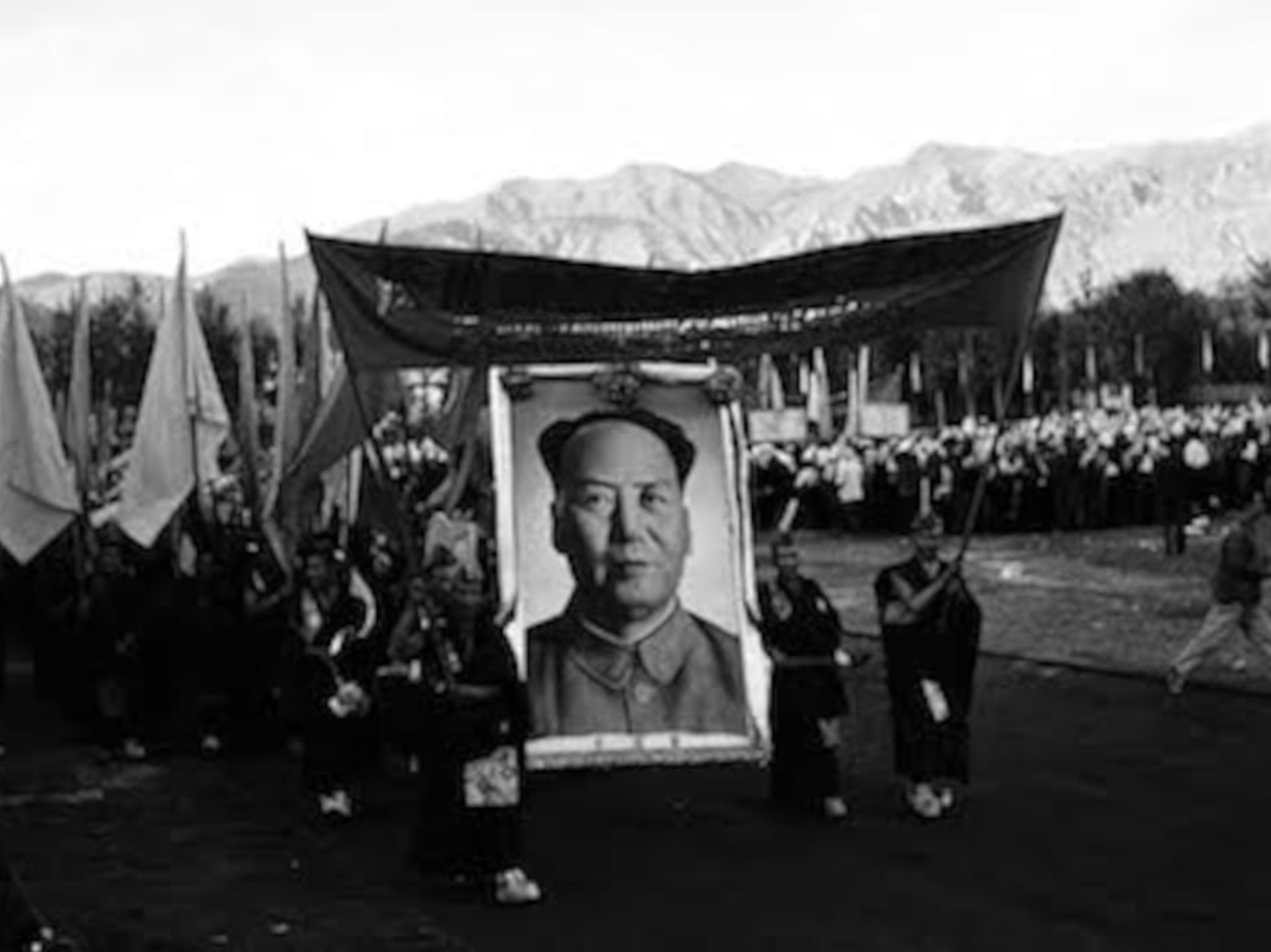
The establishment of the Tibet Autonomous Region in 1965 made Tibet a provincial-level division of China. When Mao Zedong finally died in 1976, during a Kalachakra ritual, the 14th Dalai Lama staged a rite connected to the Kalachakra Tantra.
“On the second of the ceremony’s three days, Mao died. And the third day, it rained all morning. But, in the afternoon, there appeared one of the most beautiful rainbows I have ever seen. I was certain that it must be a good omen”
Shambhala was a Buddhist prophecy that had emerged in the Early Middle Ages. When Muslims had advanced into Afghanistan and Northern India, they dislodged the Buddhists from these areas, and they had to find a haven somewhere.
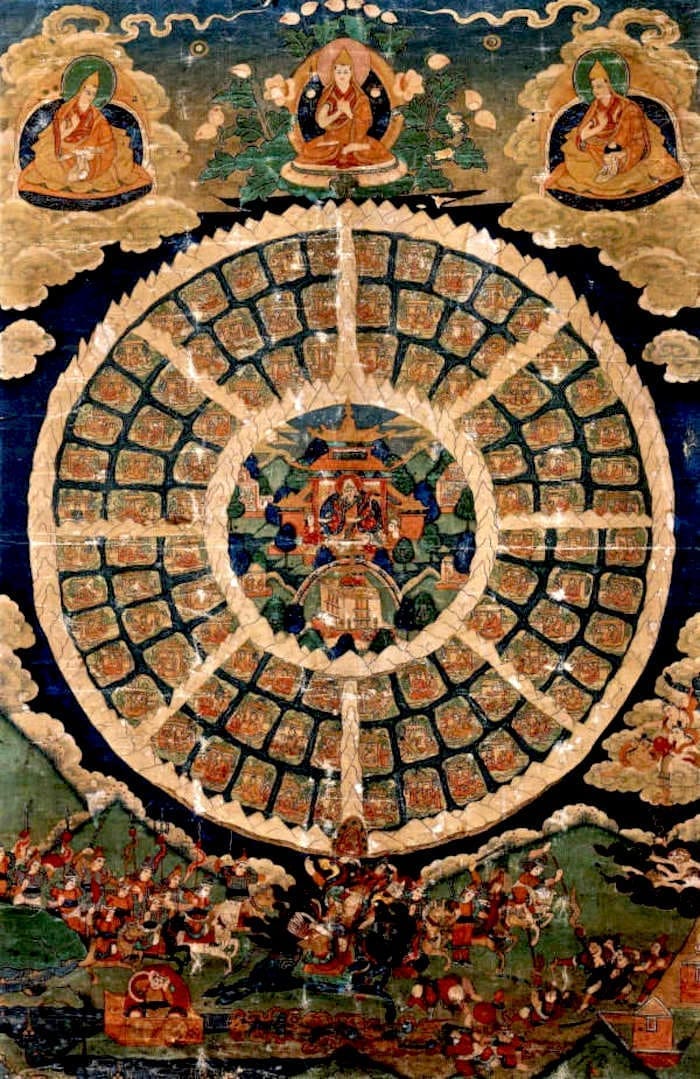
The legend claimed that somewhere in the North there was a mysterious country, a land of plenty where people lived 900 years, where they were rich and had houses where roofs were clad in gold, and where nobody suffered, and of course, where the Buddhist religion existed in its pure form.
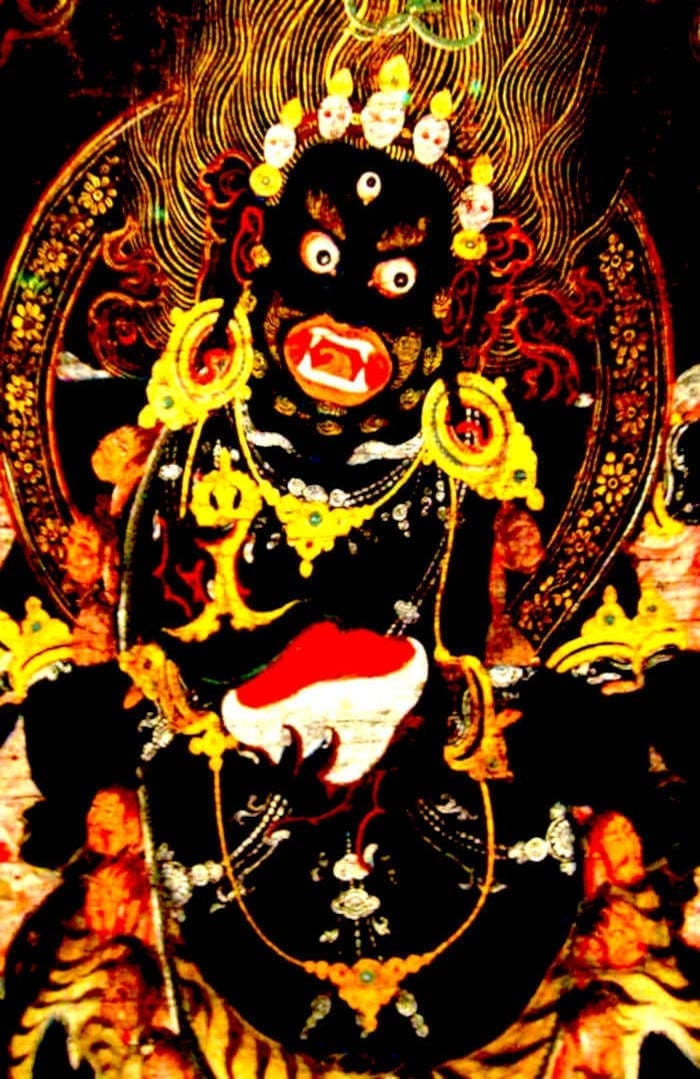
In original Buddhism, there was no concept of Paradise. This concept emerged as a result of encounters with the Muslim world. The prophecy also claimed that when the true faith (read Buddhism) would be in danger, the king of Shambhala named Rudra Chakrin would come in the year 2424 with a gigantic army and crush the enemies of the faith.
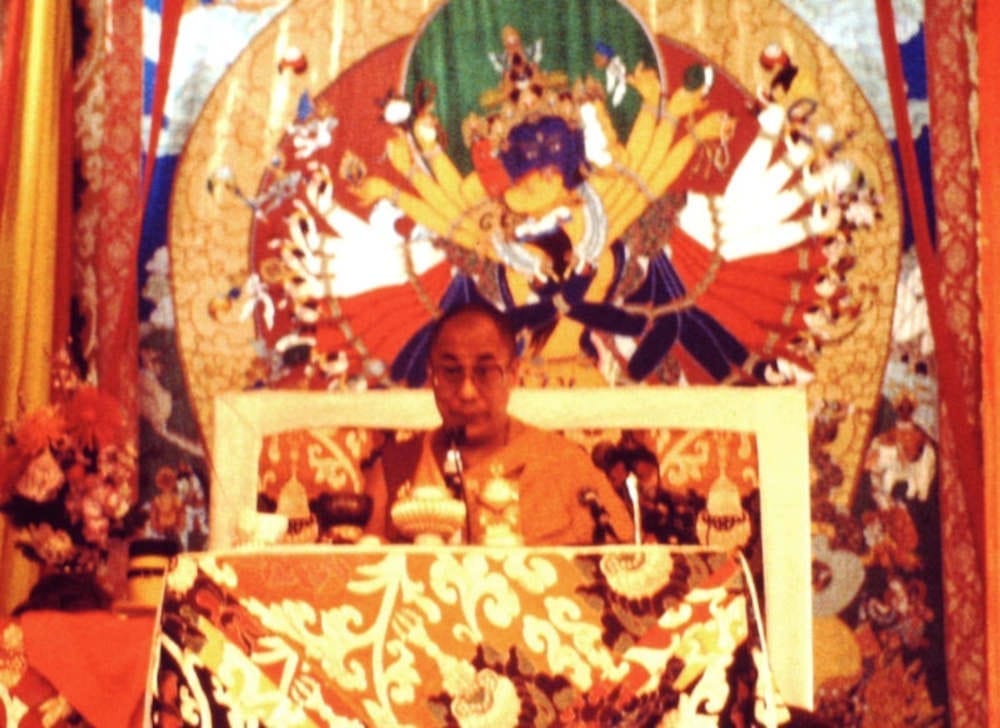
Outside of Samye Ling many people are unaware that Shambhala represents a concept of a holy war and less aware that such a concept even existed in Tibetan Buddhism. Shambhala was also understood as an internal war against one’s inner demons. It was an aspiration for spiritual perfection. Over time, the former, the holy war part, became obscured as the latter one became more relevant.
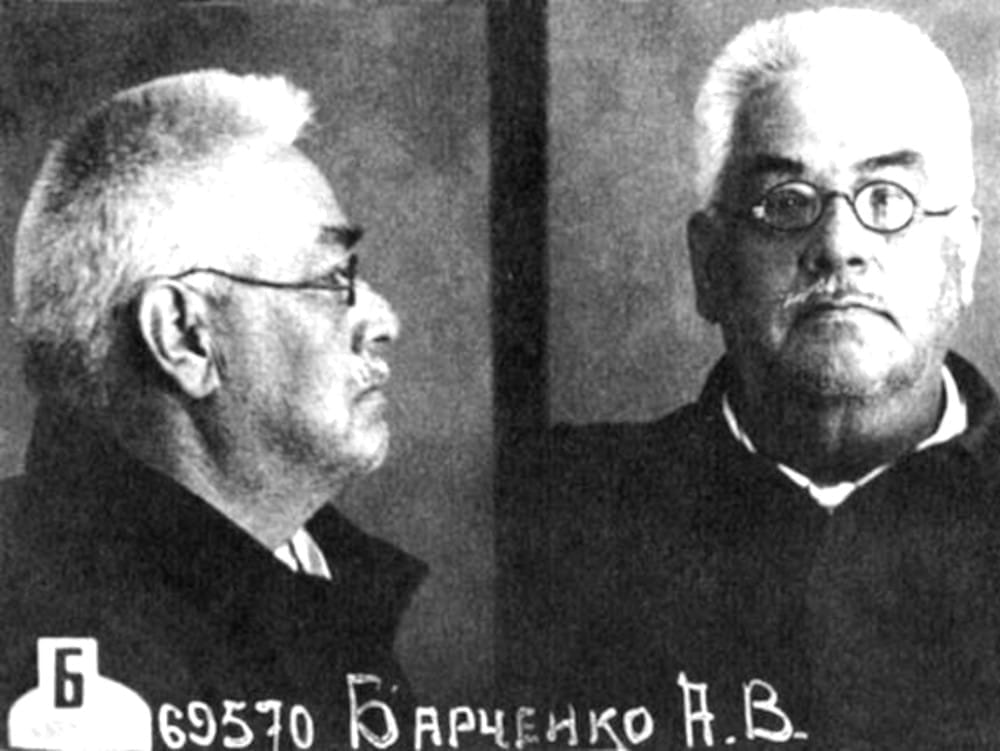
Alexander Barchenko was an occult writer from St. Petersburg and his Bolshevik secret police patron and the chief Bolshevik cryptographer Gleb Bokii who was one of the spearheads of the Communist Revolution in 1917. Bokii had decided, at some point, to use Tibetan Buddhism and its spiritual techniques to change the minds of the people, in other words, to help engineer the new communist human being.
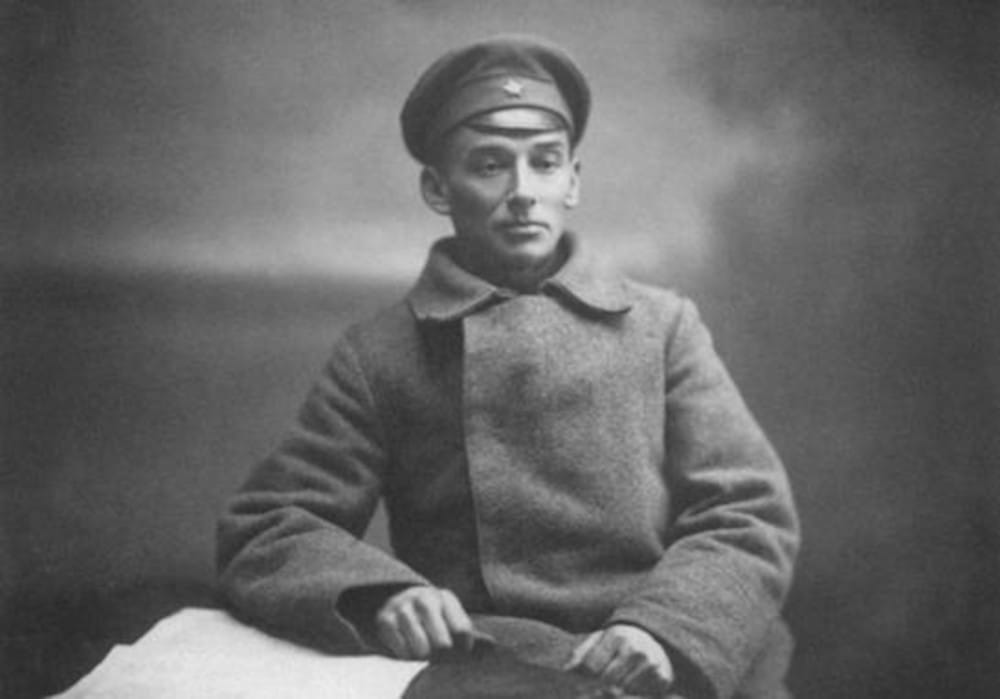
Communist International (Comintern) was an organisation created in 1919 to promote the world-wide revolution, established a Mongol-Tibetan Section to draw the local nomads, peasants, and junior lama monks to Communism. In Mongolia, Bolshevik fellow-travellers explained to the populace that Communism was a fulfilment of legendary Shambhala. Barchenko and some other Bolshevik intellectuals were upset that the Russian Revolution did not change human nature. One of the chapters of the book carries a peculiar title:
“The Engineer of the Human Soul”
Another two major characters are a Russian American painter, Nicholas Roerich and his wife Helena. They were also interested in Shambhala. This ambitious couple nourished a megalomaniac "Great Plan," which envisaged the unification of millions of Asian peoples through a religious movement using the Future Buddha, or Maitreya, into a "Second Union of the East." There, the King of Shambhala would, following the Maitreya prophecies, make his appearance to fight a great battle against all evil forces on Earth.
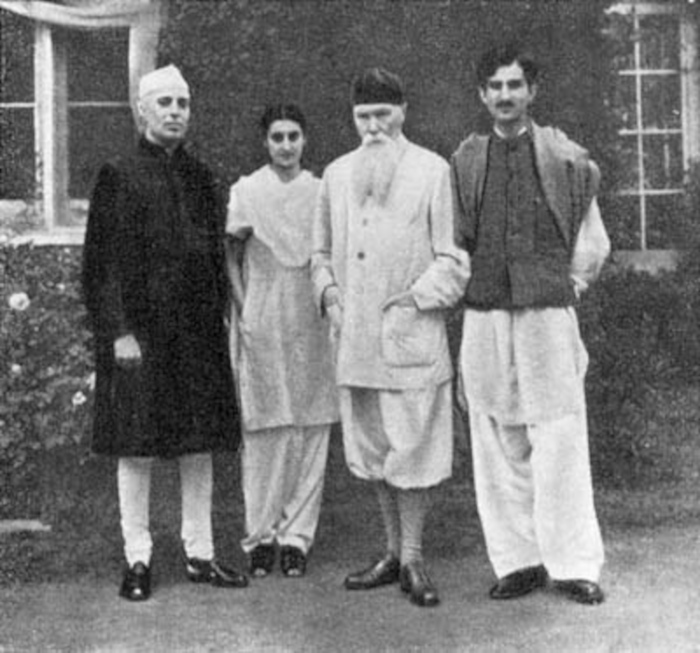
“Nicholas Roerich was a Russian painter, writer, archaeologist, theosophist, philosopher, and public figure. He was interested in hypnosis and other spiritual practices and his paintings are said to have hypnotic expression.”
Roerich went to Tibet, posing as reincarnated Dalai Lama and pretended to dislodge the existing 13th Dalai Lama. Red Russia refused to wholeheartedly support such a reckless project. The couple were said to have become then on disillusioned with the Bolsheviks. When they parted with the Bolsheviks, the Roeriches began courting American sponsors. Among them, we find a rich currency speculator Louis Horch and future FDR’s vice president Henry Wallace, who later sponsored the Roerich’s second expedition to Asia.
“The production of souls is more important than the production of tanks”.
Samye Ling was cofounded in 1967 by Dr. Akong Tulku Rinpoche and Chogyam Trungpa Rinpoche, Samye Ling was the first Tibetan Buddhist Centre to be established in the West and was named after Samye, the very first monastery to be established in Tibet. They were soon joined by artist Sherapalden Beru and the monk Samten. By 1970, Trungpa Rinpoche had departed for the USA and the 16th Karmapa firmly encouraged Akong Rinpoche to take a leadership role in developing Samye Ling.

Akong Rinpoche accused Chogyam Trungpa Rinpoche of betraying his ‘Tibetan-ness’ after he was discovered at Samye Ling drinking and having sex on the grounds; acts that Trungpa was instructed to keep "private and hidden" by Akong. Trungpa's heavy drinking, womanising, and the physical assault of a student and his girlfriend, caused controversy during his lifetime and afterward.
The 16th Karmapa assured Akong Rinpoche about the longer-term future of Buddhism in the West and at Samye Ling. The Karmapa's visit to Europe also saw the establishment of our first international branches, in Belgium, Spain and Ireland. On 8 October 2013, it was reported that Akong Tulku Rinpoche had been killed in “a dispute over money” in Chengdu, China, along with two other monks, including Rinpoche's nephew, and his driver. Chengdu police named the killers as Tudeng Gusha, also known as Thubten Kunsal, he'd spent five years in the UK making religious statues at Samye Ling.
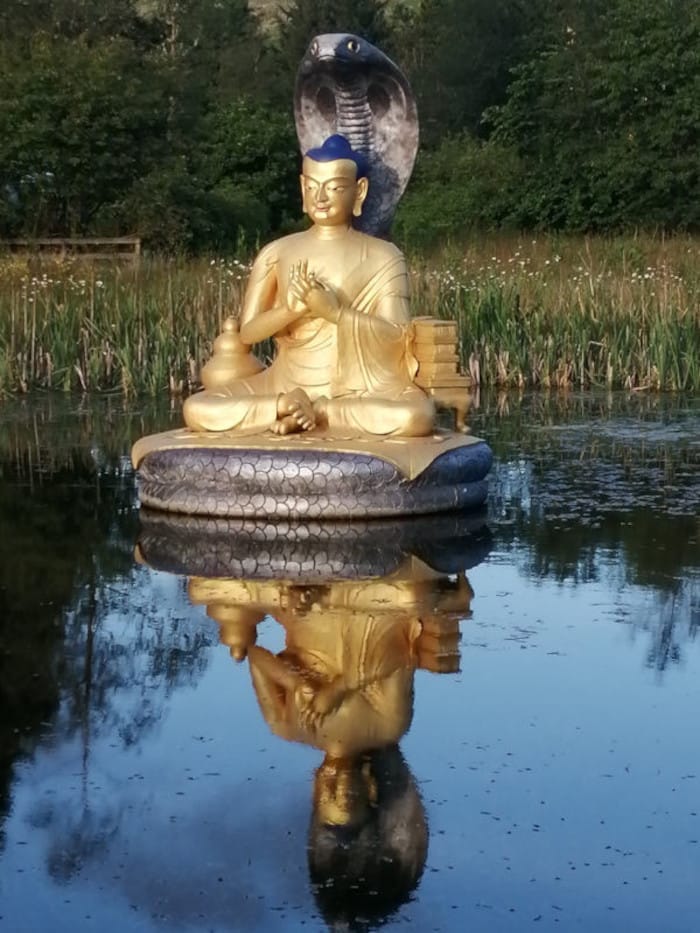
In 1976 Samye Ling founder Chogyam Trungpa Rinpoche chose Osel Tendzin as his Vajra Regent, fully empowering him as a holder of the Kagyu lineage, the first Westerner to be appointed to such a position. Osel Tendzin (alias Thomas Rich) became the leader of America's largest Tibetan Buddhist group the Vajradhatu (Trungpa’s Shambhala cult renamed Vajradhatu) International Buddhist Church (no transparency with IRS). He fled into seclusion because many members of the “Church” demanded that he resign his position during a revelation concerning a bisexual man with whom he had homosexual relations had received a positive test for the AIDS virus.
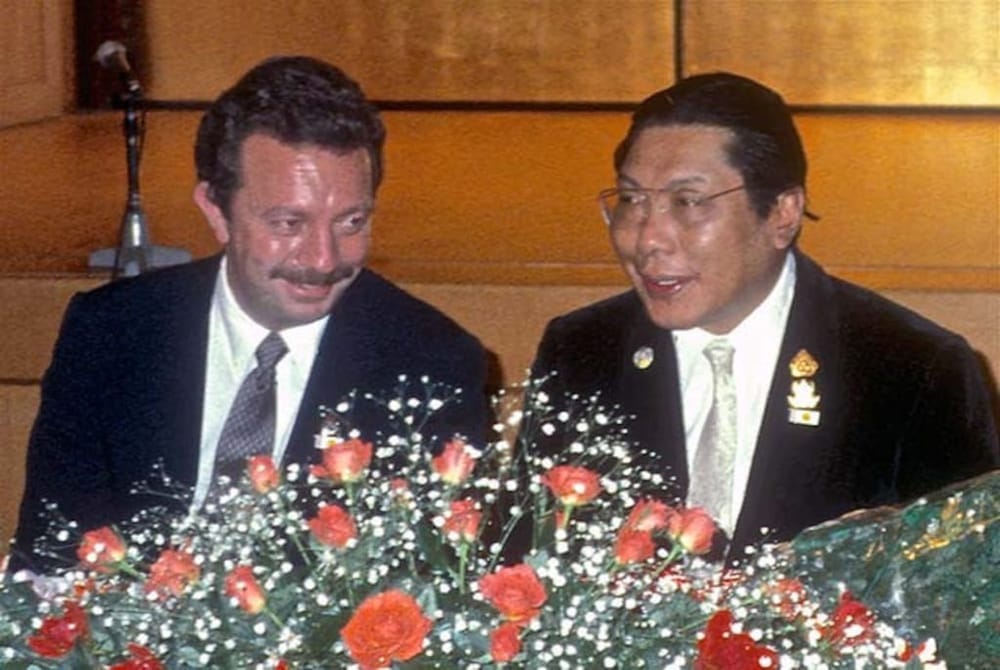
Later that year, in December, a high priest of Tibetan Buddhism told a group of American Buddhists that there was grave concern that Mr Tendzin 'might have passed this incurable disease on to many, many people.'. As revelations increased it was further revealed that Tendzin had slept with “Hundreds of Shambhala participants” (mostly young men) while he had the aids' virus. Members of the church board of directors were said to have done nothing about Mr Tendzin's behaviour for months, even after they learned that he was infected with the virus.
“Tenzin offered to explain his behaviour at a meeting which I attended. Like all of his talks, this was considered a teaching of dharma, and donations were solicited and expected. So, I paid him $35.00 to hear his explanation. In response to close questioning by students, he first swore us to secrecy (family secrets again), and then said that Trungpa had requested him to be tested for HIV in the early 1980s and told him to keep quiet about the positive result. Tendzin had asked Trungpa what he should do if students wanted to have sex with him, and Trungpa replied that as long as he did his Vajrayana purification practises, it did not matter because they would not get the disease. Tendzin's answer, in short, was that he had obeyed the guru.”.
Shambhala has always been under the umbrella of the Karma Kagyu sect, as many dozens of Lamaist sects (the Diamond way et al.) are. All are allied with Communist China and are a part participant in China’s soft power manipulations upon the West World. Not one of these Tibetan Lamas, of any sect, nor Pema Chodron who has been there to help for the whole ride has ever called out or condemned this Regent of Trungpa and his behaviour.
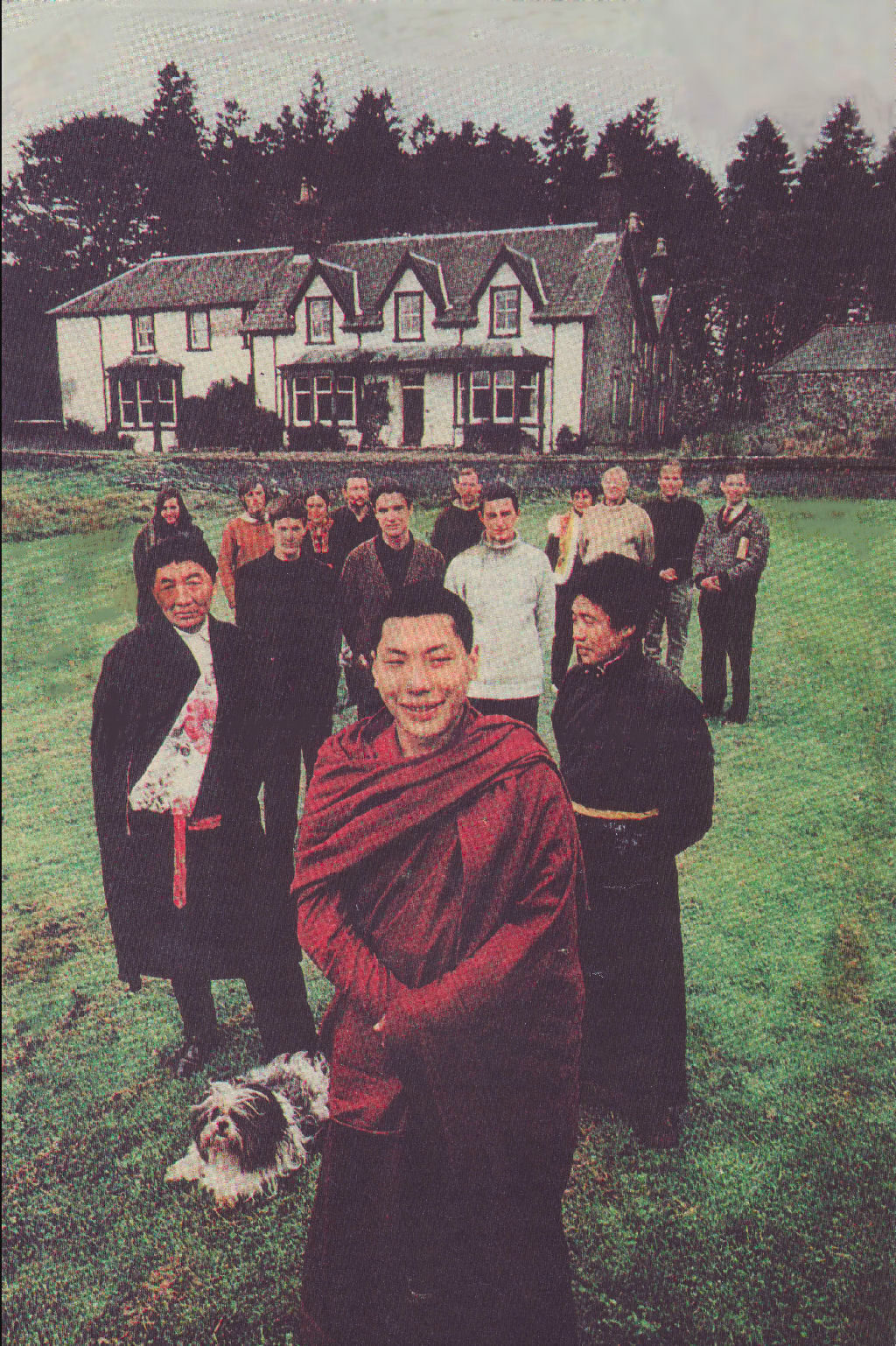
Thrangu Rinpoche, has been accused of colluding with China since 1984, and formally in 2006, building the AIDS-killing Regent a Stupa in California to commemorate the Regent and his teachings; were four hundred and sixty Tibetan Lamaists, Mixed Buddhist, and other eastern cults and new age Tantric-inspired groups have now taken up quarters in that State.
"Initially the Buddhist community at Johnstone house was led by a Canadian Theravada (Pali Text Society of Rhys David, a critic and opponent of Theosophy, made Buddhism available to Europe) monk named Leslie George Dawson, upon leaving Leslie was subsequently ordained in the Tibetan Vajrayana tradition and enthroned as Namgyal Rinpoche by the 16th Gyalwa Karmapa".
Members of Pema Chodron's cult of Shambhala agree with all radical Progressive Left ideology; because they helped light the fire under it, back in their guru, Trungpa’s 60s’ heydays. Mindfulness is useful to Egalitarianism as the doctrine teaches non-judgmental behaviours, so people are slow-boiled into accepting what they would have usually rejected before the teachings.
A Buddhist student, and later a teacher (teaching poetry at Naropa University) of Trungpa was Alan Ginsberg; a supporter and member of NAMBLA, a pedophilia and pederasty advocacy organisation working to abolish age of consent laws and legalise sexual relations between adults and children.
After the Osel Tendzin AIDS scandal leadership of Shambhala then passed on to Trungpa's eldest son and Shambhala heir, Sakyong Mipham Rinpoche. In 2018, Buddhist Project Sunshine, an organisation founded as a survivors' network for former Shambhala members, reported multiple allegations of sexual assault within the Shambhala community. In August 2018 Buddhist Project Sunshine released another report containing further allegations against Sakyong Mipham that included sexual encounters with minors.